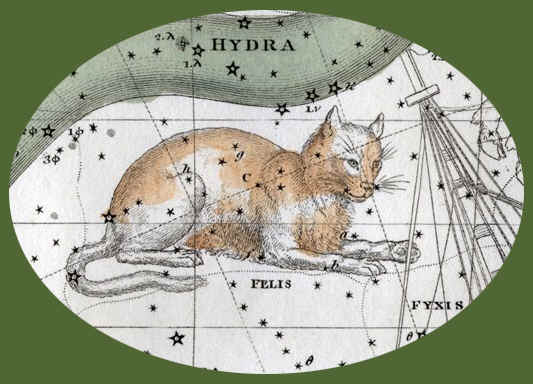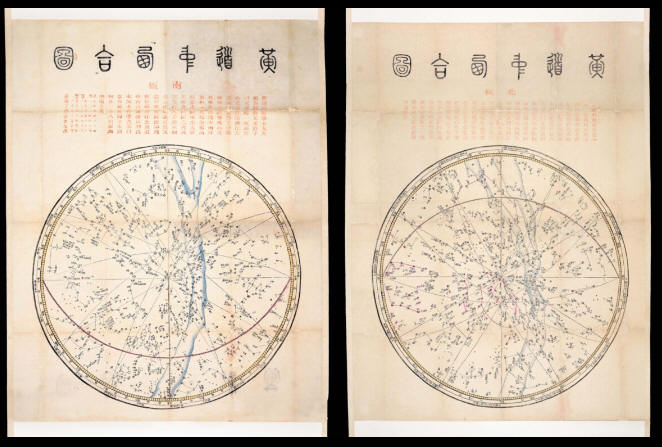
|
XU Zhaojun |
《黄道中西合图》Chinese-Western maps of the stars relative to the ecliptic, Cina 1807
|
XU Zhaojun
《黄道中西合图》Chinese-Western maps of the stars relative to the ecliptic, Cina 1807

Nella presente pagina pubblico l’articolo e le immagini che
dedica all’autore e alle sue carte celesti
https://www.crouchrarebooks.com/maps/the-first-chinese-star-charts-using-arabic-numerals
Author: 徐朝俊 XU Zhaojun
Publication date: 1807
Physical description
Two-coloured woodcuts in red and black, hand colouring on both charts, mounted on scrolls.
Dimensions: 980 by 730mm. (38.5 by 28.75 inches).
Notes
The first Chinese star
charts to use Arabic numbers.
One of the most accurate astronomical documents made during early Qing dynasty,
the present stars charts record a comprehensive observation of star positions,
with additional details from Western astronomy. In particular, this pair of
celestial charts was the first to include Arabic numerals to indicate newly
added stars.
The current example was made in 1807, and drew on one of the first
European-influenced Chinese star charts Huangdao zongxing tu黄道总星图 (The ecliptic planispheres) made by Ignaz Kögler (1680–1746), who was
a German Jesuit missionary in Qing China.
Similarly to Kögler’s chart, the present charts depict polar stereographic
projections from the south and north ecliptic pole, to the ecliptic or huangdao
黃道 (ecliptic) that is hand coloured in yellow with 360 small divisions.
Enclosing the ecliptic is a calendrical ring containing twenty-four Chinese
solar terms to represent particular astronomical events or natural phenomena.
Each solar term comprises three hou候 (pentad: a unit of five days), which are marked both in Chinese and
Arabic numbers of ‘一候, 二候’
and ’10, 20’.
However, unique to this pair of star charts are the Arabic numerals that also
appear below or to the left of the stars introduced by European Jesuits, in
addition to the equivalent Chinese numerals. A legend of the matching Chinese
and Arabic numerals is given in the colophon above the southern hemisphere.
These numerals are used to indicate the seven xingdeng
星等 (Ptolemaic stellar magnitudes) of the stars. The combination of both
Chinese and Arabic numerals best exemplifies ancient Chinese and Western
scientific and technological exchanges.
At the end of the colophon are the author’s name Xu Zhaojun徐朝俊 and the date of publication, being 1807 during Emperor Jiaqing’s
reign. Xu Zhaojun was a famous horologist of Qing dynasty, specialising in
natural science and horology; he published an important book about astronomy,
geography and scientific instruments. Xu is also the descendent of the renowned
Ming scholar official Xu Guangqi (1562 –1633), who was a colleague and
collaborator of the Italian Jesuits Matteo Ricci and Sabatino de Ursis and
assisted their translation of several classic Western texts into Chinese,
including part of Euclid’s Elements.
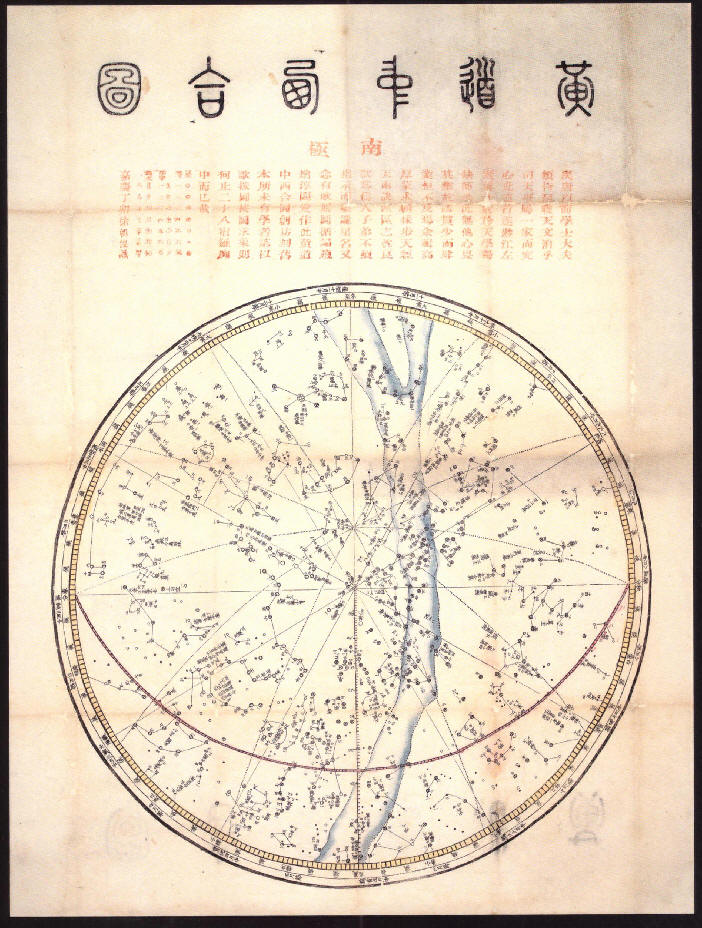
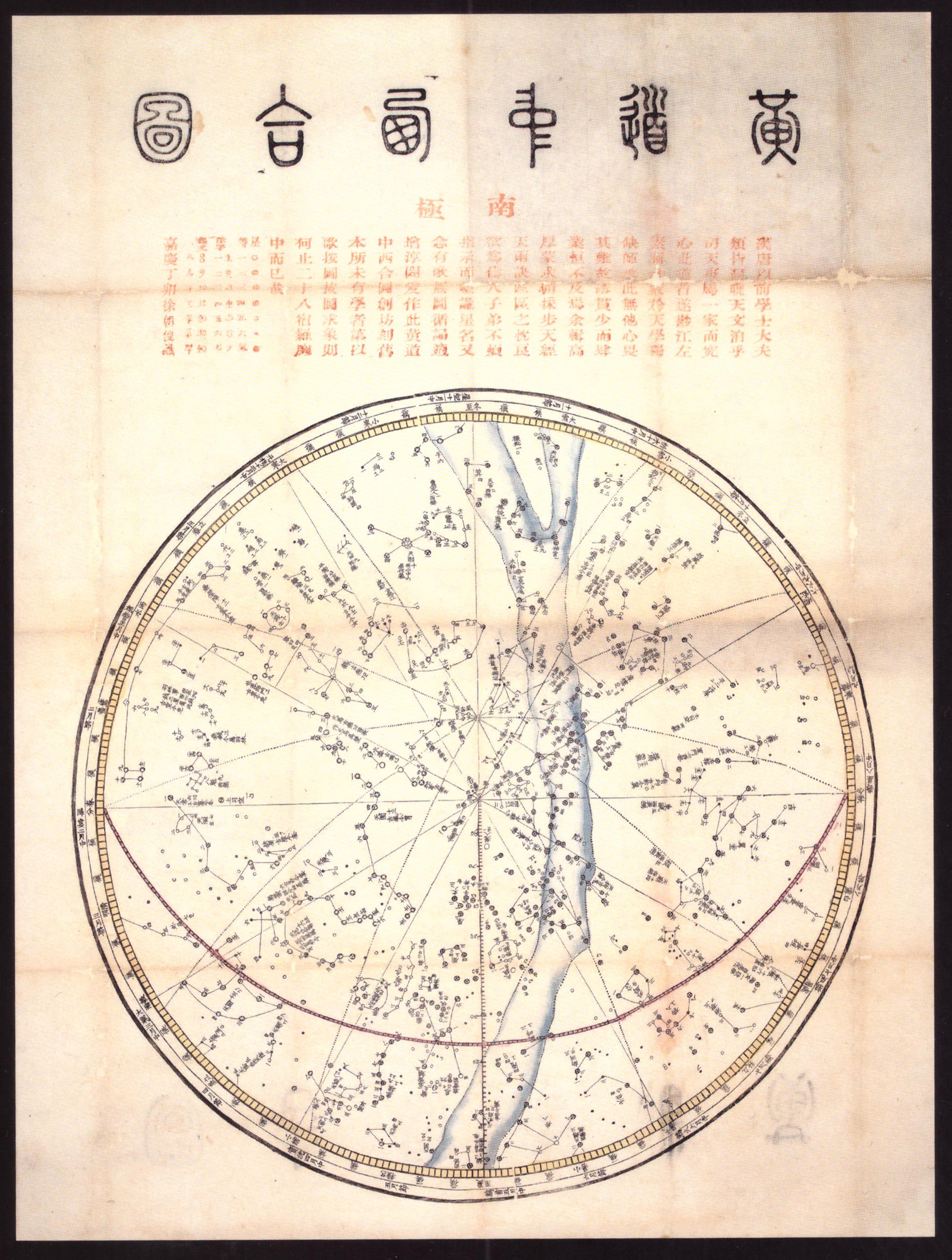
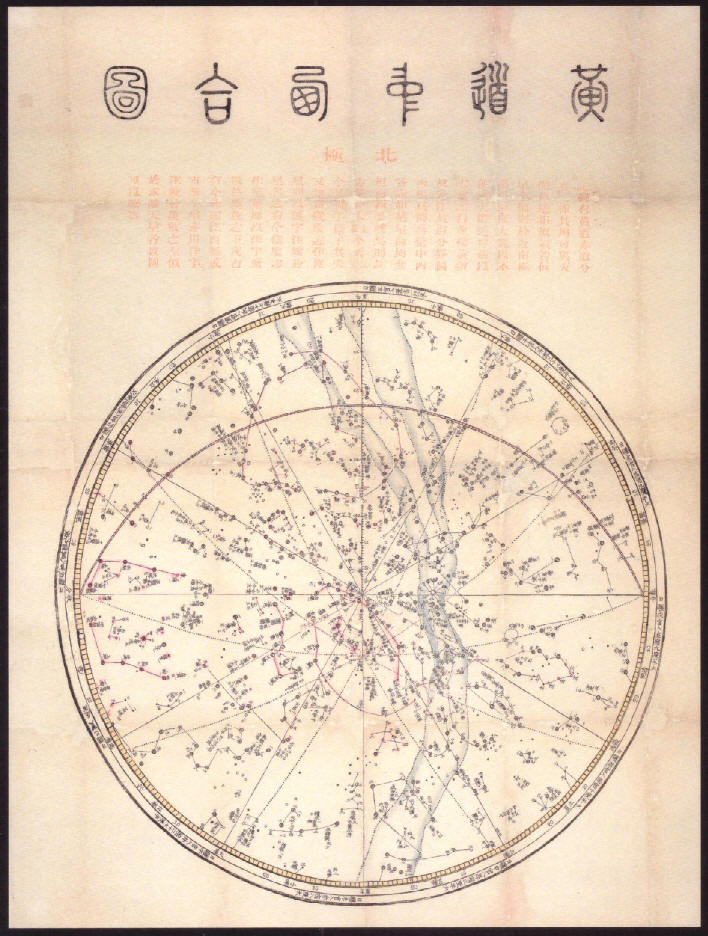
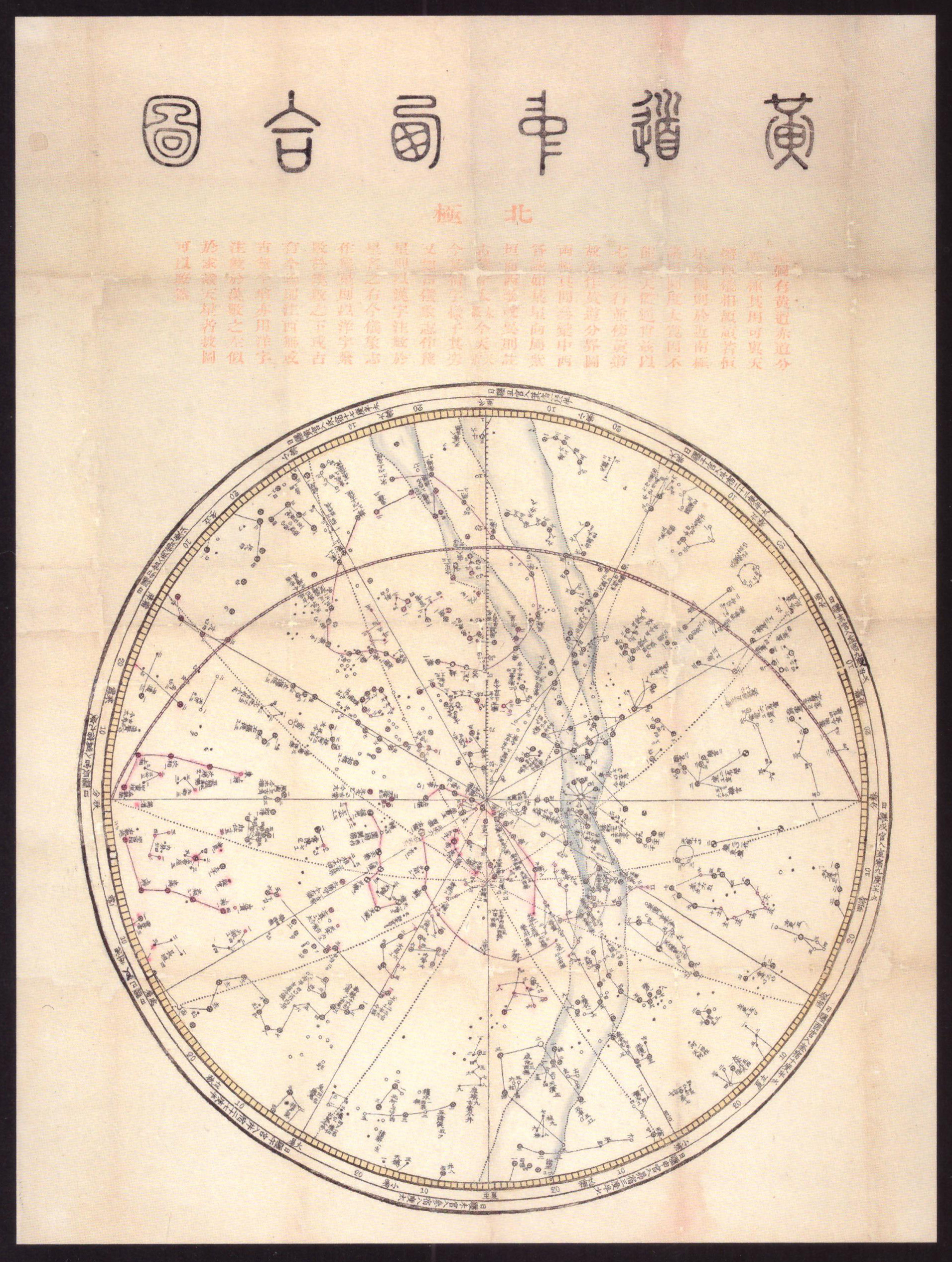
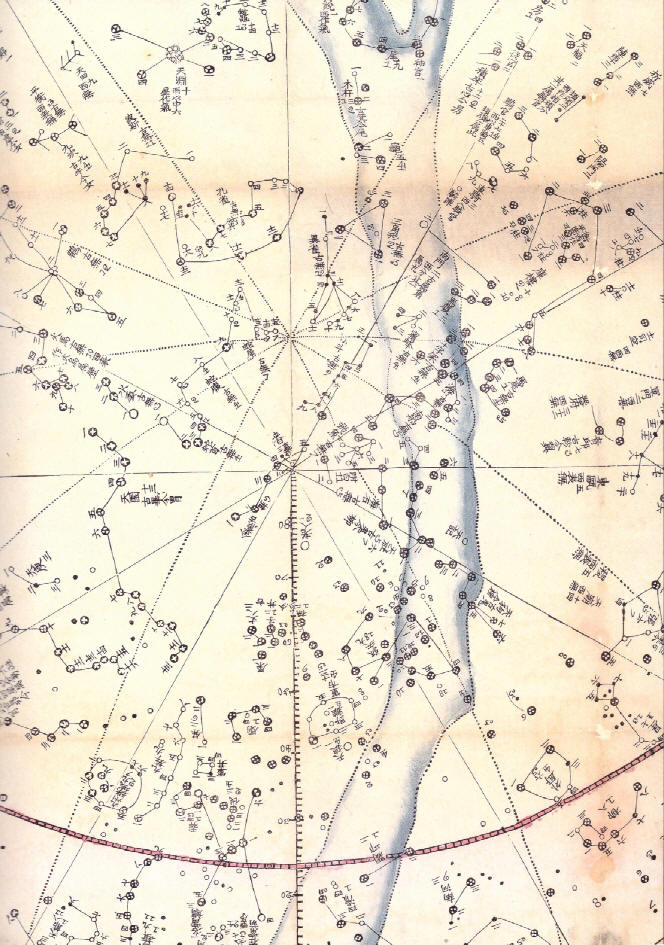
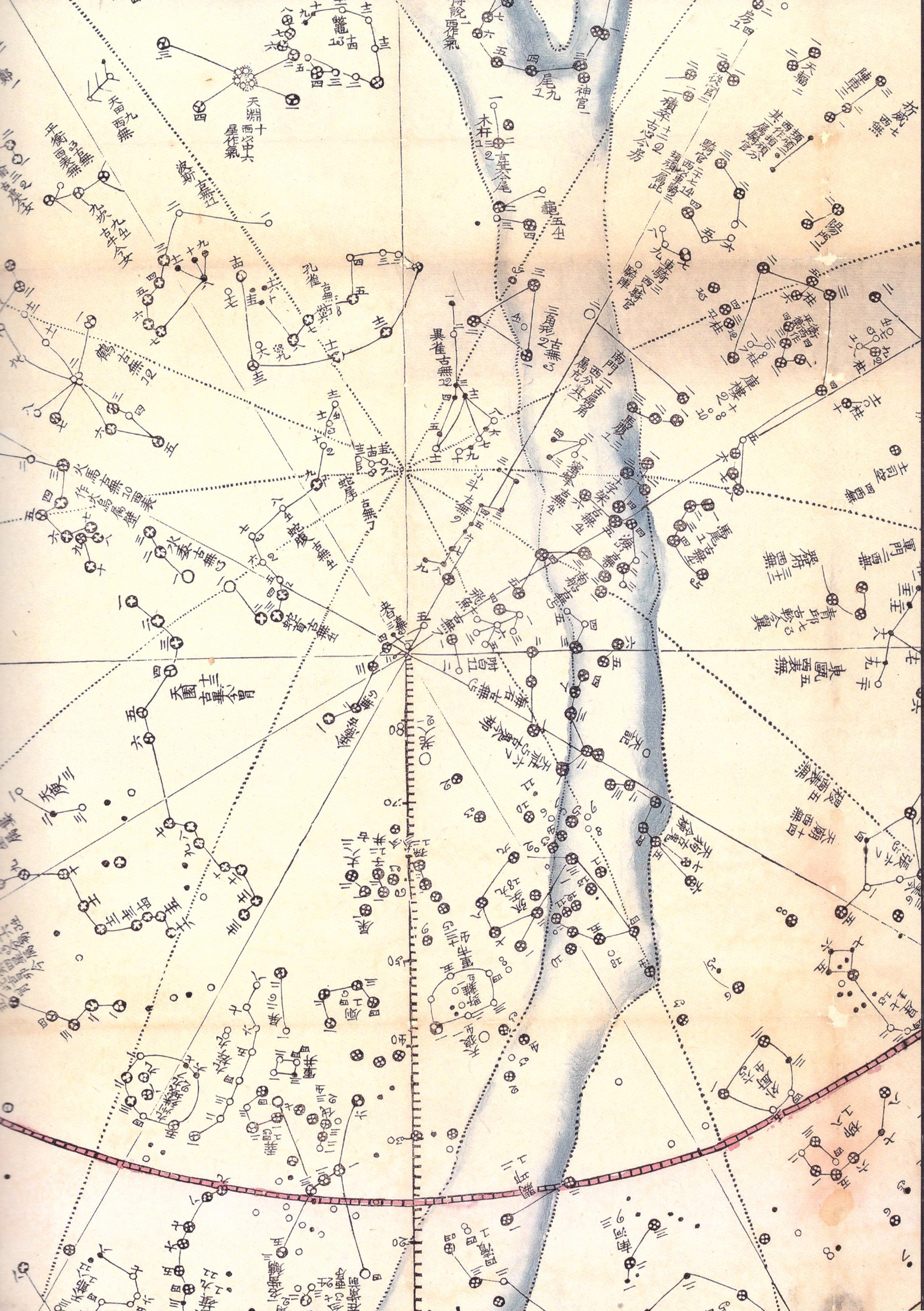
XU Zhaojun ha avuto come riferimento le carte stellari realizzate da Ignatius Kögler nel 1723 sull’opera del quale rimando alla pagina che vi dedica nel suo sito Henck Brill:
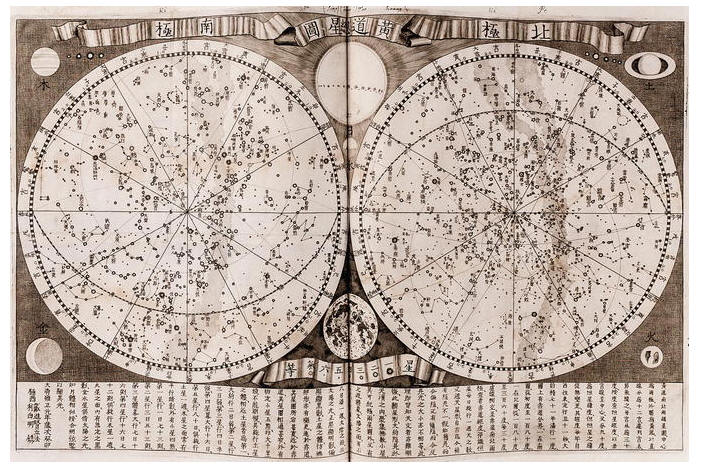
https://brill.com/view/journals/jjs/6/1/article-p44_44.xml?language=en
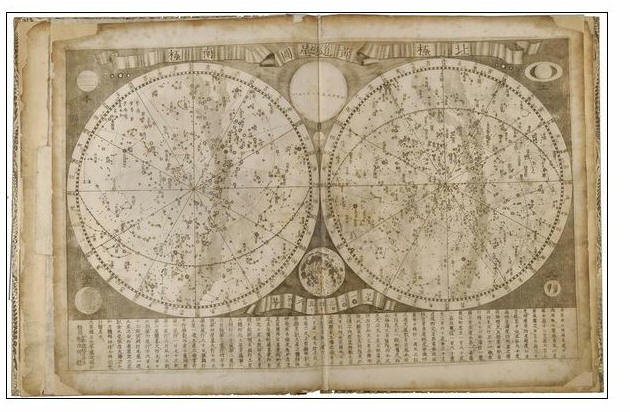
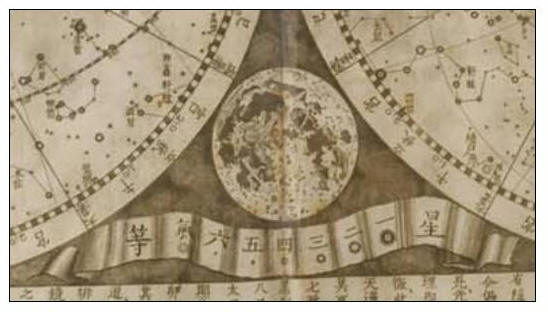
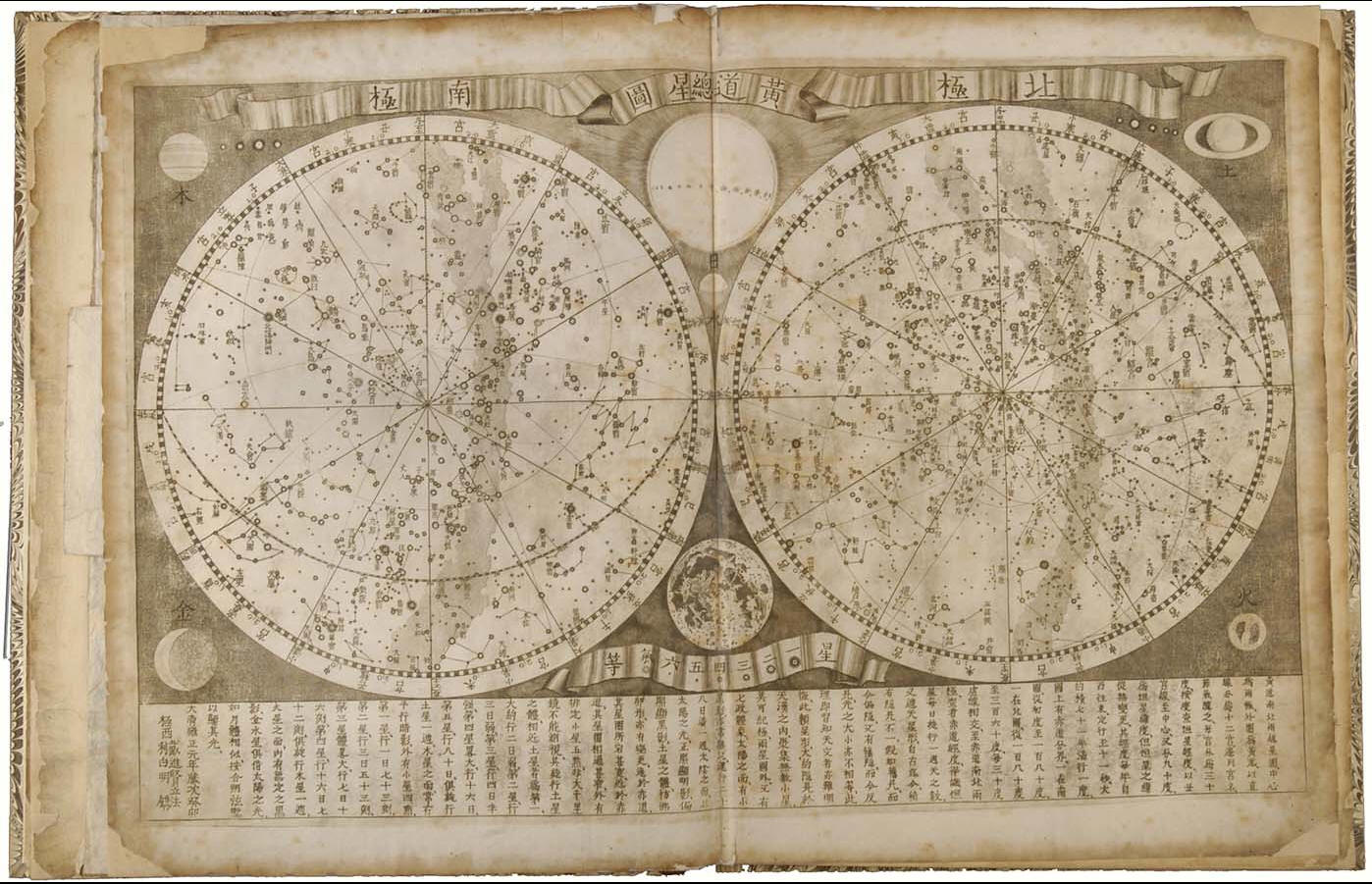
di FELICE STOPPA
APRILE 2023
